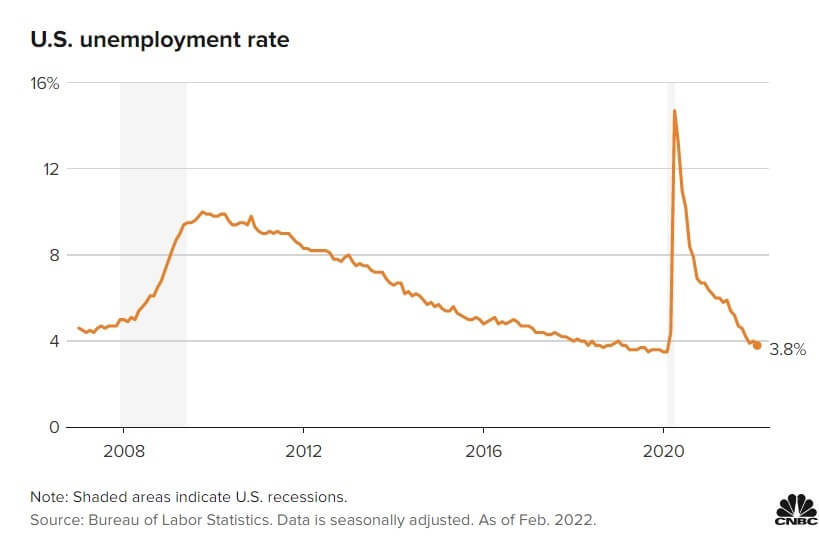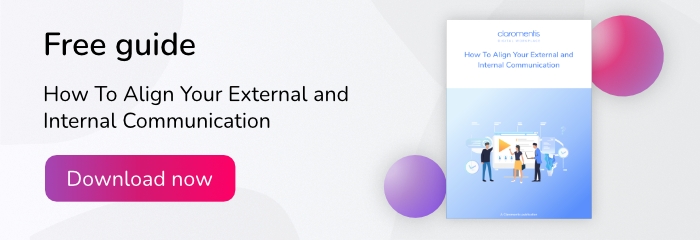Are your HR procedures as efficient as they could be?
Just under a third (31%) of medium-sized businesses don’t use any workflow automation at all to streamline their admin, despite senior decision makers spending over an hour a week on it, with an estimated productivity loss of £19 billion per year.
If your senior staff are spending that long on admin, imagine the inefficiencies it causes further down the chain at mid to junior level. As the processing center for a lot of the operational tasks that underpin your business, HR is particularly vulnerable.
There are – and will likely always be – aspects of human resource management that require strong interpersonal skills. Managing employee relations and creating balanced grievance policies, for example, requires empathy, reflectiveness and an adequate amount of time to dedicate to an effective resolution.
Your HR team can’t do that if they’re swamped with low-level, procedural paperwork that saps time away from these core activities. As providing a first-rate employee experience becomes ever more crucial to retaining your top performers, you’ll need to invest in HR strategies that streamline administrative tasks, amongst others, to more manageable levels.
Here are three ways to streamline your human resource management procedures.
1. Use your intranet to offer immediate access to key HR policies and procedures
One way of reducing the amount of basic queries referred to HR is to ensure everyone knows what is expected of them in the workplace. Some of this will be the responsibility of line managers across your business, especially if you’re a centralized HR function with responsibility for a remote, hybrid or multi-location workplace.
Use a document storage area on your intranet to offer instant access to HR policy documents, such as employee handbooks and codes of conduct, health and safety policy. whistleblowing procedures and any compliance or legal requirements your employees need to follow.
This helps line managers implement HR policies, set out the company’s expectations, resolve disputes and, where appropriate, take disciplinary action. Fewer cases are escalated to HR as a result, and your team spends less time trying to resolve low-level disputes that are best dealt with in situ.
Embedding these documents in your company-wide intranet app is a great alternative to SharePoint due to the simplicity of the setup. You’ll require fewer resources to get up and running, and can adapt, build and create internal document management pages based around your specific user needs, without the need for a round-the-clock IT team.
2. Automate basic HR tasks and focus your team on employee engagement
HR is often an admin-heavy department.
What if you could remove this overhead, so that rather than constantly having to keep up with the paperwork, your HR professionals were free to focus on what they do best – namely making your organization a fantastic place to work?
Depending on your company structure, your HR team might be responsible for:
- Expenses processing and management
- Payroll management
- Approving time off requests
- Calculating sick leave
With the help of an intranet app, all of these areas can be streamlined via a combination of automation and employee self-service. Even the most basic alterations – allowing employees to snap their receipts with a phone or automated reminders for leave approval, for example – shave valuable time from traditionally slow, resource heavy processes.
The ultimate benefit?
Firstly, your employees are happier and work better if their requests are approved quickly. It’s a simple sign that you respect the hard work your employees put in for you.
It also results in more time your team can spend on reviewing and writing HR policies, working towards key organizational goals and, crucially, improving employee experience. This results in a more engaged and productive workforce, greater employee retention and improved performance.
The importance of employee experience in 2022
Whilst some commentators expected ‘The Great Resignation’ to be a mere flash in the pan as more employees had to isolate during COVID, it’s fair to say that employees’ attitudes to work have shifted in the longer term.
Almost half of jobseekers (44%) plan to quit their jobs in 2022, according to new research by Willis Towers Watson, with the majority (56%) giving pay as their main reason for doing so. Equally, one in five said they would take a different job for the same amount of money, suggesting that other factors like benefits, career progression, work-life balance and job satisfaction are also driving this behavior.

(Source: cnbc.com)
This means your employees are a more valuable commodity than ever before. To attract and retain your industry’s top talent, you’ll need to maintain a workplace that:
- Employees see as offering fair treatment around pay and benefits
- Takes on board employee grievances and resolves disputes fairly
- Offers strong, long-term career prospects and employee recognition
- Takes employee feedback seriously and uses it to improve the workplace
Running pulse surveys so that employees can provide meaningful feedback, maintaining effective and engaging internal communications channels and building career development pathways all require a significant number of working hours to be successful. If you can give your HR professionals this luxury via automation, your ability to attract and retain fantastic employees could become a major competitive difference.
3. Ensure compliance requirements are hit with automated triggers
In your business, there’s likely a number of HR policies and procedures around ensuring compliance with key industry regulations. In some industries, such as banking or manufacturing, meeting these is central to your ability to operate safely and legally.
Automated triggers can really help to lighten HR’s load here, whilst drastically reducing the risk of a compliance breach.

(Claromentis’ e-learning dashboard. Source: claromentis.com)
When employees join the business, it’s highly likely they complete some form of compliance-based training via your learning management system or LMS. As onboarding can be a fraught time for new hires, these essential e-learning modules get deprioritized and, on occasion, remain incomplete.
By utilizing your intranet however, you can use automated triggers to control access to your wider digital workplace based on completed employee actions. For example, you could restrict access to important company systems until key learning tasks had been completed, or appropriate certification documents provided – which would automatically unlock wider access.
You can also trigger regular completion reminders and remind longstanding employees when they’re due a top up and ensure your organizational knowledge on key procedures like GDPR, fraud prevention and health and safety policy remain up to date.

![[FREE GUIDE] How To Align Your External and Internal Communication](https://no-cache.hubspot.com/cta/default/5025095/0964df73-d0da-4b46-a5bb-b215e96e0406.png)




